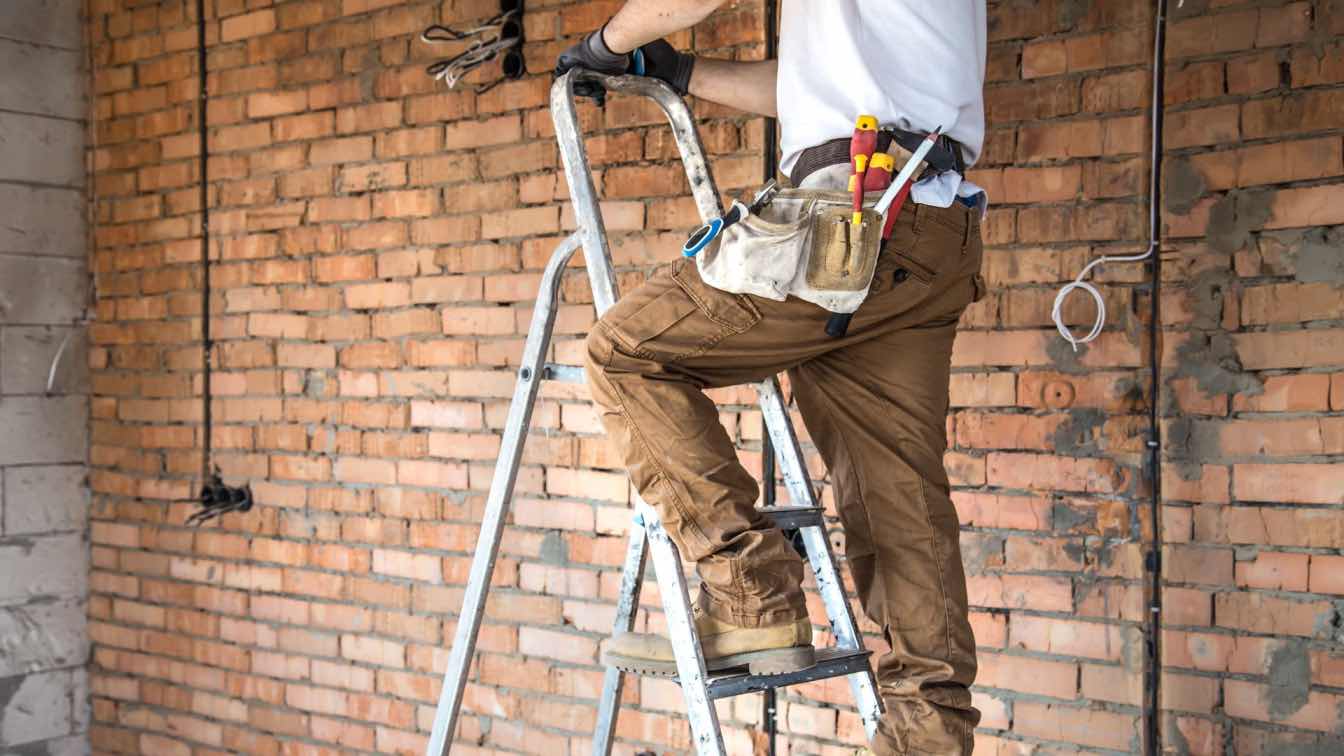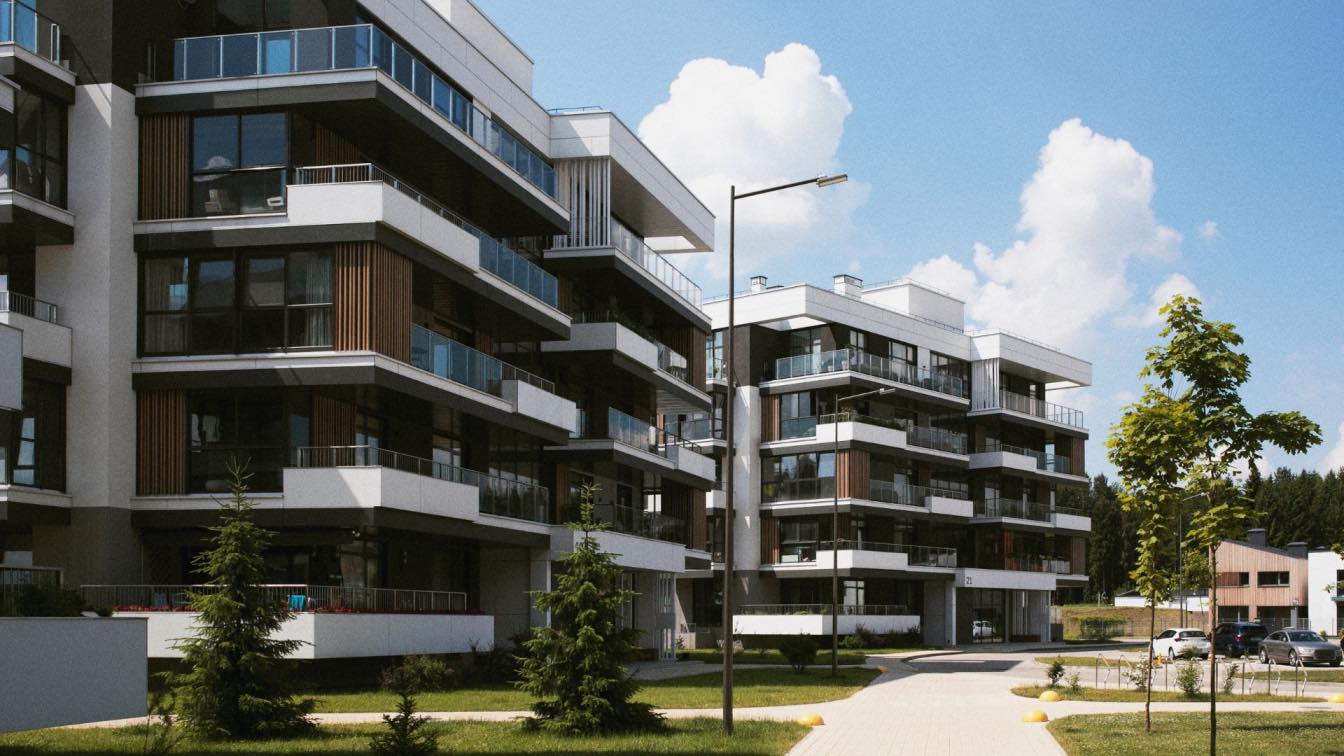Home renovations can be exciting, filled with dreams of new layouts, modern finishes, and spaces tailored perfectly to your needs. But as many homeowners quickly learn, renovations often come with unexpected delays that can derail timelines, drive up costs, and create major headaches. Whether it’s a kitchen overhaul, bathroom upgrade, or full-scale remodel, understanding the most common causes of renovation delays is the first step in planning a smoother project.
Delays don't just disrupt your living situation; they can impact your budget, with extended labor hours, material shortages, and unforeseen fixes pushing your original estimates off track. Many of these issues can be avoided with the right preparation and mindset. Here’s a comprehensive look at the most frequent reasons home renovations get held up, and practical strategies to help you avoid them.
Poor Planning and Incomplete Designs
One of the biggest culprits behind renovation delays is insufficient upfront planning. Rushing into demolition before finalizing all the details can create a domino effect of problems. Incomplete blueprints, last-minute design changes, and unclear scopes of work leave contractors guessing, and that slows everything down. When it comes to basement renovation, skipping critical planning steps like waterproofing assessments, structural checks, or HVAC rerouting can bring construction to a halt mid-project. What starts as a cosmetic upgrade may quickly require permits, foundation repairs, or changes to plumbing or electrical systems, none of which were included in the initial plan.
Avoid this by working with a licensed architect or designer to develop a comprehensive renovation plan. Ensure that all materials, finishes, and specifications are selected and ordered before the project begins. It’s wise to allow a buffer for lead times and consult all necessary tradespeople during the planning stage to anticipate potential challenges.
Permit and Inspection Delays
Every major renovation that involves structural, plumbing, or electrical changes will likely require permits. Failing to account for the time it takes to obtain these permits and pass any required inspections, can delay your project by weeks or even months.
Permit requirements vary by location and project scope, and some municipalities may have significant backlogs. If your renovation requires multiple stages of inspection, work may have to pause until approvals are granted.
To avoid delays, research your local building codes before construction begins. Work with contractors who are familiar with your city or county’s permitting process, and build extra time into your schedule to accommodate potential administrative delays. Applying early and staying in close communication with local inspectors can help speed up the process.
Material Shortages and Shipping Issues
Global supply chain disruptions continue to affect the construction industry, with delays in the availability of lumber, tile, appliances, and other key materials. Even minor items like cabinet handles or light fixtures can put a project on pause if they don’t arrive on time.
Specialty items, custom finishes, or imported goods often come with longer lead times. Homeowners who wait to select these materials until mid-renovation may find themselves facing unexpected delays.
To stay on schedule, order all major materials and finishes well in advance, ideally before work begins. Keep a close eye on delivery dates and track shipments proactively. Having alternative selections in mind can be helpful in case something is out of stock or back-ordered.
Change Orders Mid-Project
It’s not uncommon for homeowners to change their minds during a renovation. Whether it’s swapping out countertops or redesigning the layout, change orders can be costly and time-consuming. They often require reworking previous steps, updating permits, or reordering materials.
While some adjustments may be necessary as work progresses, frequent or significant changes can bring momentum to a crawl and frustrate your contractor.
Minimize change orders by taking the time upfront to visualize your finished space. Use 3D renderings or design software if needed. Visit showrooms, compare samples, and talk through all the details with your contractor before signing off. Once construction starts, try to stick to your plan as closely as possible unless a change is absolutely necessary.
Contractor Scheduling Conflicts
Your contractor’s schedule plays a huge role in keeping your renovation on track. Many contractors juggle multiple jobs at once, and if your project is delayed for any reason, it may be hard to get them back on-site right away. Similarly, if subcontractors, such as electricians, plumbers, or tile installers, aren’t available when needed, your timeline could take a hit.
To avoid bottlenecks, ensure your contractor has a clearly defined project timeline, including when each trade is scheduled to work. Ask how they handle unexpected gaps and whether they have backup subcontractors available. Choose a contractor with a strong reputation for staying on schedule and communicating regularly.
Weather and Site Conditions
Outdoor renovations or projects that involve rooflines, foundations, or landscaping can be at the mercy of the weather. Heavy rain, snow, or extreme temperatures may delay certain construction tasks or impact the drying and curing of materials like concrete and paint.
Poor site conditions, such as limited access, uneven terrain, or hidden moisture damage, can introduce unplanned delays once work begins.
To manage this risk, plan for seasonal conditions in your area. If possible, schedule outdoor work during milder months and include contingency days for weather-related setbacks. Conduct thorough site inspections beforehand to identify any hidden issues that might slow things down.
The key to avoiding renovation delays lies in preparation and patience. Every project comes with its own set of surprises, but by staying organized and informed, you’ll be better equipped to handle them and end up with a finished space you’ll love for years to come.





